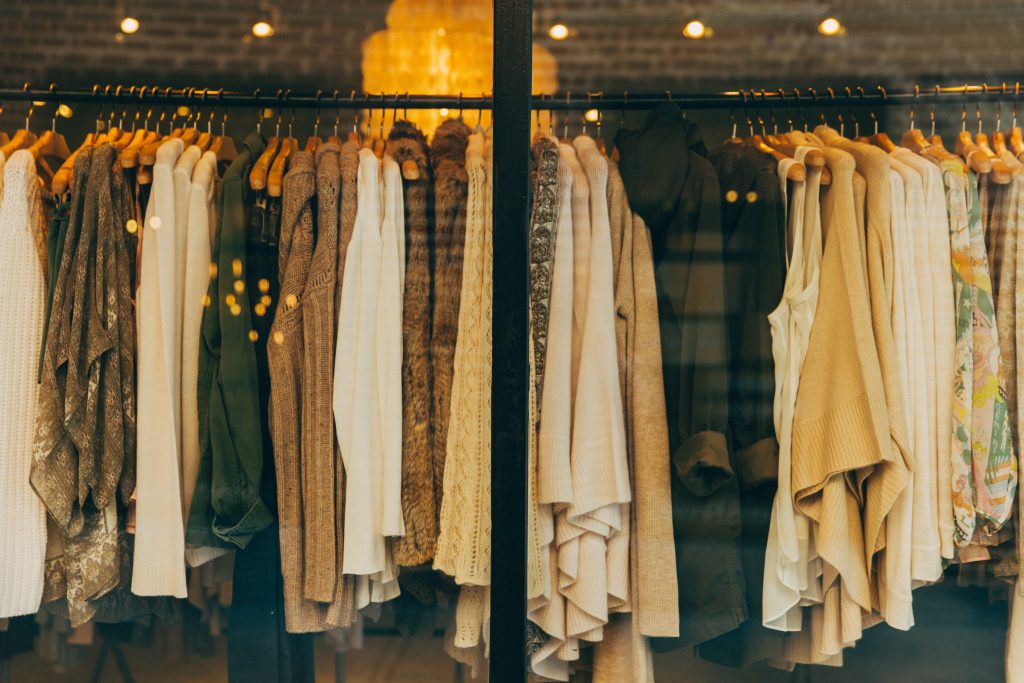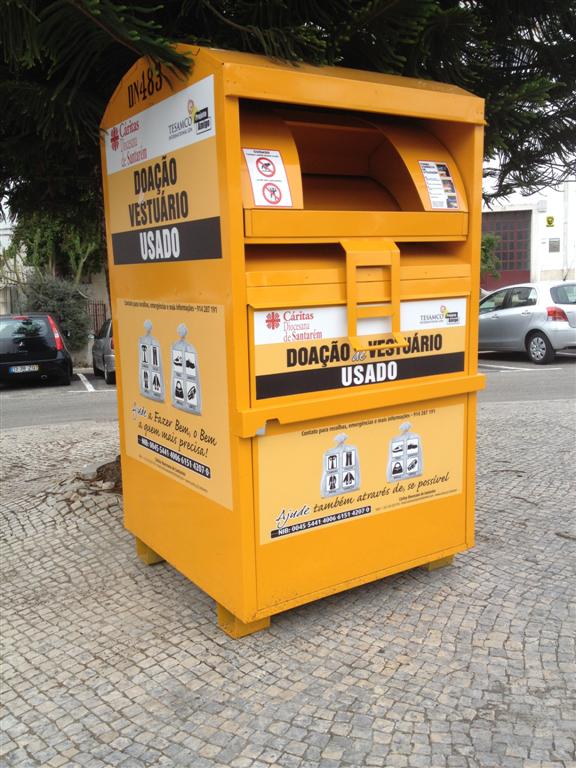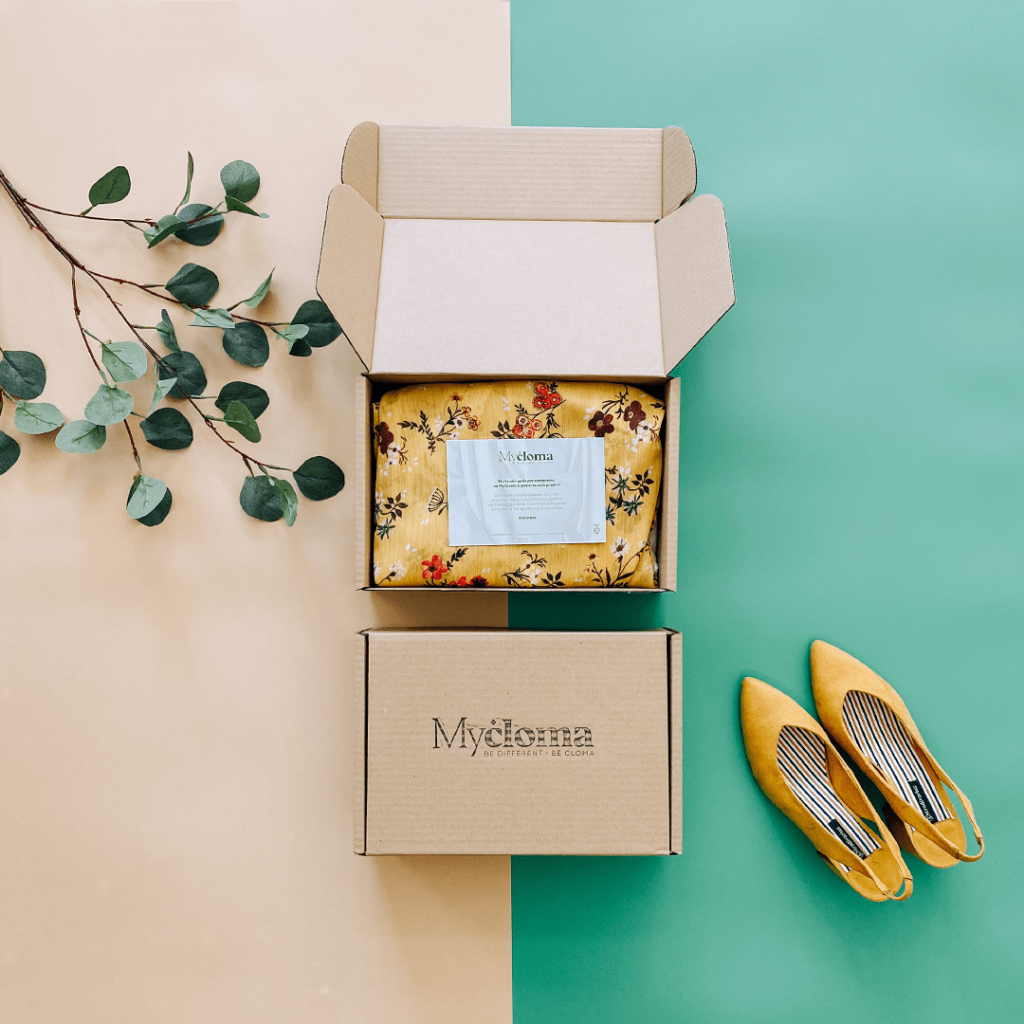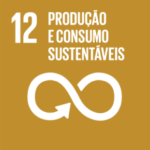
What should I do with the shoes I no longer wear?
Whether it’s because they no longer fit, have gone bad, or we simply don’t like them as much. When shoes reach the end of life,
We didn't find any happenings mapped to your criteria.
Try the traditional search to find articles not yet mapped with RUA.
We didn't find any happenings mapped to your criteria.
Try the traditional search to find articles not yet mapped with RUA.
We didn't find any happenings mapped to your criteria.
Try the traditional search to find articles not yet mapped with RUA.
We didn't find any happenings mapped to your criteria.
Try the traditional search to find articles not yet mapped with RUA.
From street bins to social stores and trading markets, we help you understand the destination of your donations.
Did you know that a cotton T-shirt can take 10 to 20 years to decompose, and about 100 to 300 years if it is made of synthetic fabric? So if you have clothes you no longer wear, don’t put them in the dumpster or the recycling bin. This waste ends up in landfills, and for every kilo of clothing, the impact on carbon dioxide emissions is 3.1Kg, estimates the European Commission.
Alternatively, you can contribute to the circular economy and transform the life of someone who really needs it. Discover some of the sites that are dedicated to collecting used clothing for recycling, reuse, or social support.

The street bins
There are different companies responsible for managing the containers on the street, in schools, supermarkets, and other places. To make your work easier, we have decided to divide them by color, so that it is easier for you to identify them when you pass by them on the street. If, even so, you want to know more about the exact destination of your donation, you can call the phone number available on each container.
These are the most common containers:
. Yellow: They accept clothes packed in bags. The clothes are forwarded to social stores and local institutions that request them after being sorted, sanitized, and cleaned. If they are not in good condition, they are sent to recycling. There are more than 600 between Lisbon and Porto. (Find more at Cáritas Diocesana de Lisboa)
. Dark green: They accept clothing, shoes, and household textiles. Part of the donations is sold in Humana’s second-hand stores in Portugal (19%), another part is reused outside Portugal in preparation centers in Spain and Bulgaria (40%) and the rest is sold to textile reuse and recycling companies (41%). The funds raised are intended for cooperation projects in health, education, and agriculture in Guinea-Bissau and Mozambique, and for local projects and social institutions. There are more than 800 containers throughout the country (Learn more at Humana Portugal)
. White: They accept clothing, shoes, toys, and home textiles. They serve specific partnerships with local town halls, parish councils, associations, companies, and schools. There are more than 250 containers and 4 thousand collection points throughout the country, and in some cases home collection can be scheduled (Learn more at H Sarah Trading)
. Light blue: They accept clothing and home textiles, shoes, accessories (bags, wallets, caps, etc.) and toys, enclosed in bags (you can use the disposable ones you have at home). In partnership with the municipalities, the company contributes to environmental actions and helps financially the social solidarity institutions in the regions of Aveiro, Porto, Viana do Castelo (Know more at Wippy).
. Light-green: They accept clothes, shoes, and toys in partnership with local municipalities, the Red Cross, gas stations, shopping centers, or supermarkets. Part of the stock is stored to respond to emergency situations and the funds from the reusable goods (about 60%) are donated to institutions in the municipalities. About 30% of the goods are recycled and 10% are incinerated. There are more than 3 thousand containers located all over the country, mainly in Braga, Seia, Benavente and Albufeira (Learn more at Ultriplo)

Direct Donations
The solidarity (or social) stores receive some donations through the street bins, in coordination with Social Security and the municipalities. Some accept direct donations and in times of shortage of goods, they communicate their needs to the Parish Councils, Town Halls, Parishes, or IPSS. In Lisbon, there is this platform that allows access to the list of social stores in the district.
Most of the social solidarity institutions communicate their needs through their websites or social networks. You can also contact them by phone to understand how you can get your clothes to the right institutions and people, depending on the age and size of their users’ clothes or shoes. We have prepared some suggestions here.
At shopping centers, In addition to the above mentioned containers, there are some stores with textile collection programs. This is the case of C&A, through the project We Take it Back which accepts used clothing, belts, bags, household textiles, and shoes. Zara has also installed containers in some stores, such as the one in Santa Catarina, in Porto, which, in addition to clothing in partnership with the Red Cross, collects the boxes of packages refused by customers. Before you leave home, check the website of the stores or the shopping center nearest you to find out about the campaigns in effect.

Resale
The platform for selling second-hand clothes MyCloma created the project ReUse in partnership with Auchan, available in seven stores where you can donate used clothes in exchange for a voucher that can be discounted at the Auchan space or on the MyCloma site, or donated to an NGO. Know More here.
Other stores like Kid to Kid, Tops N Dolls, Kiabi, Micolet, Retry, Vinted, reCloset have resale programs for used clothing, toys and other equipment. After evaluation or according to the weight of the donated clothes, the donor receives a monetary value, a balance in the store, or in some cases, may donate the amount to charity.
5 initiatives to donate and exchange used clothing
There is no shortage of solutions for clothes you no longer wear, and none of them involve throwing them in the trash. But you too can be an agent of change. Start the discussion with your community and organize a donation or clothing exchange, why not? Find out from your local schools and town halls about families who might need help. The planet and the community thank you.


Whether it’s because they no longer fit, have gone bad, or we simply don’t like them as much. When shoes reach the end of life,

Locating the nearest recycling bin and offering an optimized experience for blind and visually impaired people are some of WasteApp’s new features. The mobile application

Play to learn more about sustainability or design an eco-friendly house: get storage on your phone to give the planet more life. New year, new

This article promotes an action that encourages the reduction of waste generation through prevention, reduction, recycling, and reuse.
➡️ To discover more businesses that are aligned with Sustainable Development Goal 12 “Sustainable Production and Consumption” click here.
➡️ For news, tips and interviews about this topic, click here
➡️ Want to know more about the 17 United Nations Sustainable Development Goals? Click here
Esta publicação também está disponível em:
![]() Português (Portuguese (Portugal))
Português (Portuguese (Portugal))

